Classy Design and Fashion
The neoclassical or romantic period started in the late 1700s and was a cultural and intellectual movement.
From the 1750 to 1850 European countries started wearing elegant and conservative, yet comfortable and tailored clothing influenced by American clothing trends. Clothes started to be designed to define the natural figure, as well as have elegant patterns and soft colours on the material reflecting the neoclassical influence.
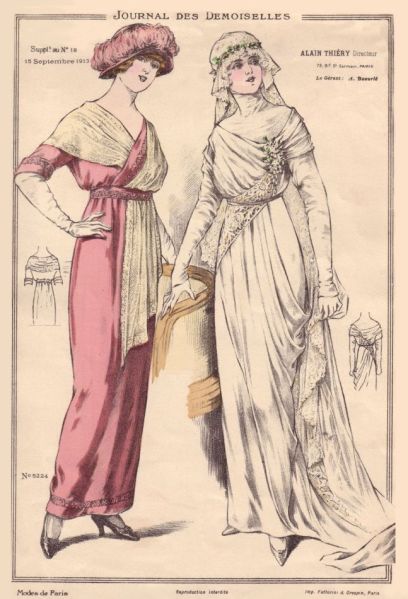
Napoleon wife, Josephine Bonaparte popularized high wasted silhouettes (sometimes called the empire waist) which focused on very narrow, tight bodices, and long skirts.
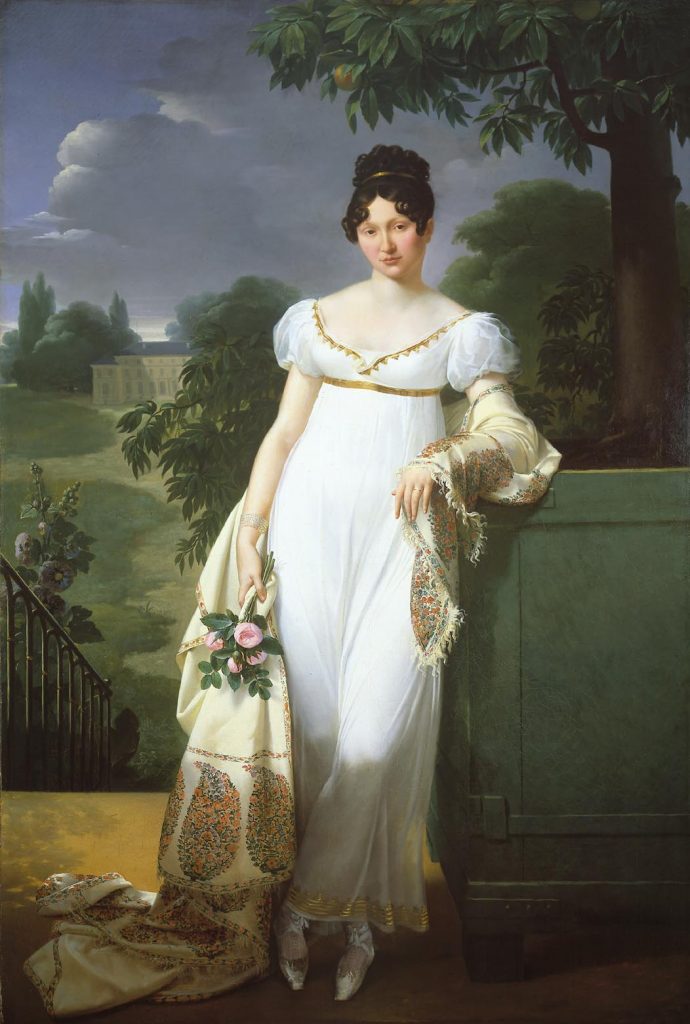
Men’s fashion also changed to fit their much rougher lifestyles and warmer climates. Thick fabric and expensive embroideries were no longer as style and fit became more important. Coats now were open-faced with longer tails. In this period men became much more clothing obsessed and were referred to as dandy’s.
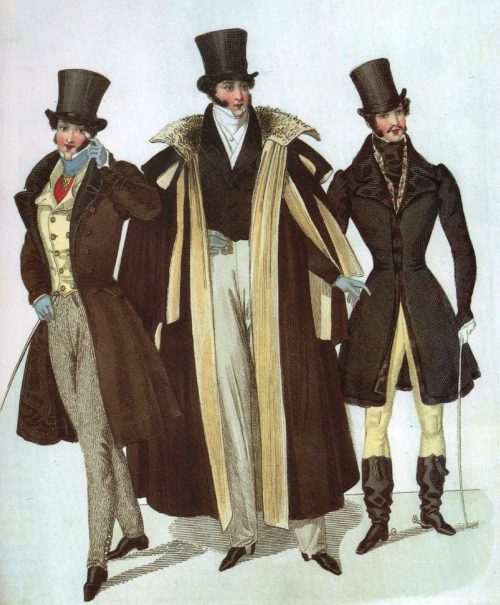
The artistic principles of simplicity, symmetry, and reason from Ancient Greece and Rome in the neoclassical period overtook visual arts, architecture, music, and women’s finally woman’s fashion. By the 1830s poofy skirts were completely replaced with flat long skirts that would drape gracefully just as seen in paintings and on Greek statues.
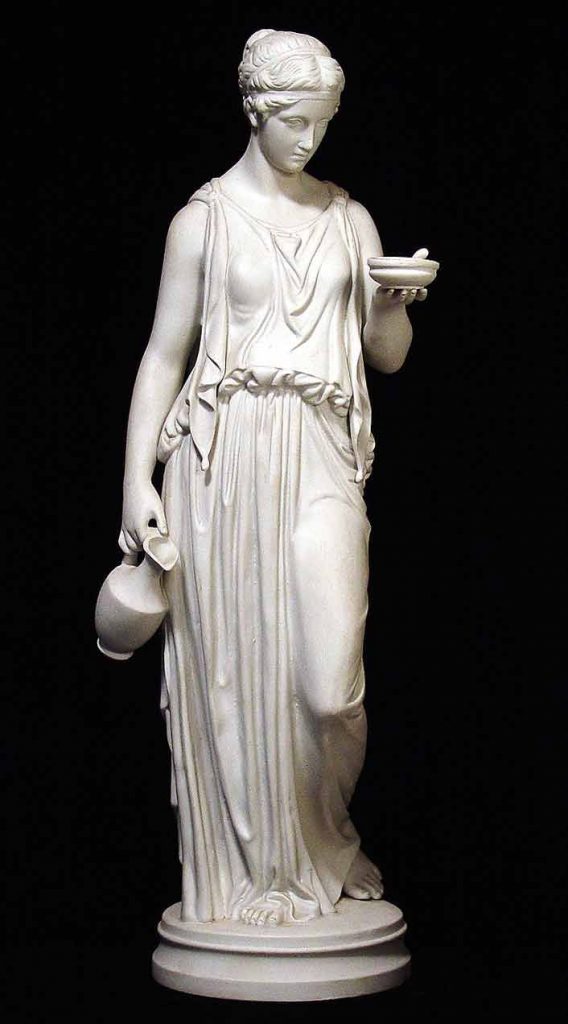
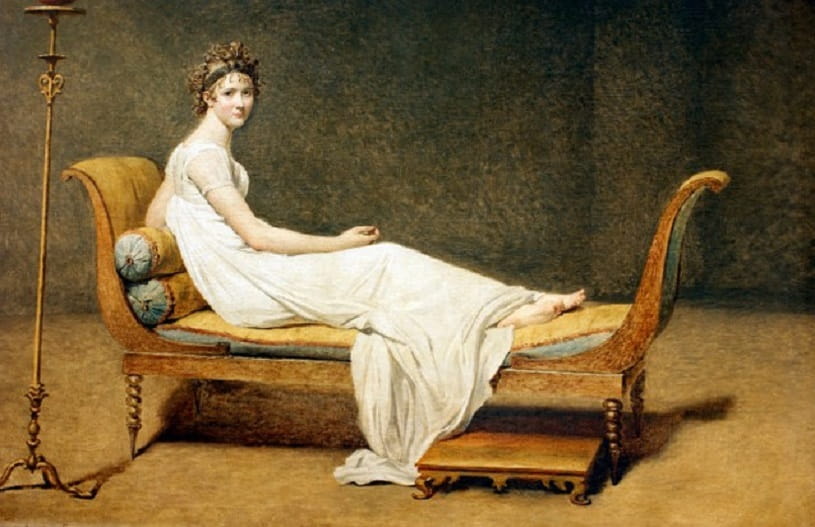
Bibliography
“Clothing 1750- 1850”. Clothing In American History, 2011, https://americanclothing.wordpress.com/2011/01/08/clothing-1750-1850/. Accessed 17 Oct 2020.
“Fashion”. Neoclassicism And Romanticism, 2020, https://neoromantic.weebly.com/fashion.html. Accessed 17 Nov 2020.
“Women’S Fashion During And After The French Revolution (1790 To 1810)”. All About Canadian History, 2016, https://cdnhistorybits.wordpress.com/2016/01/19/womens-fashion-during-and-after-the-french-revolution-1790-to-1810/. Accessed 17 Oct 2020.